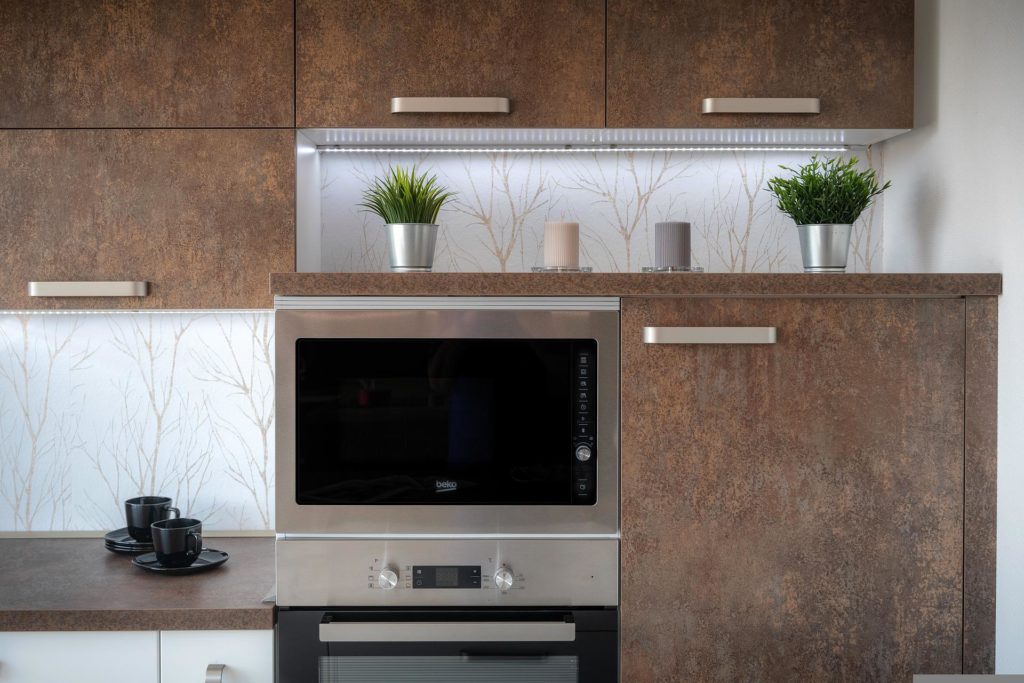
Microwave ovens are not only used to defrost frozen food, but are also useful for making various dishes. In particular, it is a home appliance that plays an important role in the fact that it can be easily prepared for easy-to-eat food, so it can be said that it is a necessity for those who are busy with time. Although it is a microwave oven with such convenience, it is said that when certain foods are put and turned, nutrients good for the body are destroyed. Also, some foods cannot withstand the high-frequency heat emitted by a microwave oven and may explode like an explosion, so you need to be careful. So, today, let’s look at some of the food information that should not be put in the microwave and rotated one by one.
Foods that should not be put in the microwave
1. Green Vegetables
The first foods that should not be microwaved are spinach, kale, and green vegetables such as celery. These green vegetables are rich in nitrates, and when you put them in a microwave and heat them, the nitrates are converted into carcinogens called nitrosamines. Also, although it is not a green vegetable, beets are also high in nitrates, so it is recommended to be careful as they can produce the aforementioned carcinogens when microwaved.
2. Eggs
The second thing you shouldn’t put in the microwave is eggs. When raw eggs with unbroken shells are cooked in the microwave, the moisture inside the eggs creates water vapor, which increases the internal pressure. It is said that this action increases the pressure inside the egg and explodes like a bomb.
In addition, it is said that it is recommended to avoid putting the eggs in the microwave and turning them in the microwave because moisture exists in the inside of boiled eggs as well as uncooked eggs, as they will explode when heated.
3. Chili
Chili pepper, which is often used as a spice ingredient for flavoring and flavoring various dishes due to its strong spicy taste, is also one of the foods to watch out for. Capsaicin, which gives chili peppers its pungent taste, is a volatile compound that evaporates into the air when exposed to high temperatures. It is advised to be careful as this evaporation can produce poisonous smoke that stings your throat and eyes.
4. Processed meat
Processed meats such as sausages, ham, and bacon also belong to the food group that should not be microwaved. Processed meat goes through processing processes such as fermentation, smoking, and hardening in order to increase shelf life and enhance flavor. When exposed to high-frequency heat from a microwave oven, it is recommended to avoid heating in a microwave because the preservatives contained in processed meat can produce cholesterol oxidation products, which act as risk factors for various cardiovascular diseases.
5. Frozen Fruit
Frozen fruits such as frozen blueberries and frozen strawberries are also foods that are not good for microwave ovens. It is said that when frozen fruits are heated in a microwave for the purpose of thawing them quickly, they lose their original taste and texture through immediate heat absorption. Therefore, it is said that the best way to defrost frozen fruits is to thaw them at room temperature.
6. Raw Chicken
Sometimes raw chicken is cooked right in the microwave. When cooking in this state, only the surface is cooked, but the inside is not evenly cooked, so harmful bacteria such as salmonella in raw chicken may remain without being killed. As these bacteria are known as representative dangerous bacteria that cause symptoms such as food poisoning, it is said that when cooking raw chicken, it is a good way to cook raw chicken in another way that can sufficiently kill the causative bacteria by cooking the insides sufficiently.
Other things to note
In addition to the food items mentioned above, attention should also be paid to the container in which the food is placed. If you put food in a plastic container that is vulnerable to heat and put it in the microwave, the container will melt and distort its shape, and at the same time, environmental hormones and carcinogens may be released into the food, so it is recommended to check the exact use of the plastic container. Also, if you put beverages and medicines in a glass bottle in a microwave oven with the lid closed, the glass bottle may break due to the increase in internal pressure. Also, if the bursting force of the glass bottle is high, the glass shards may cause trauma, so be careful as there may be a fire hazard.
In addition, if you put a stainless steel bowl made of metal, a thermos bottle, or a thermal lunch box into a microwave oven and operate it, the metal component may repel high frequency waves and generate a flame, which may cause a fire. It is recommended to pay special attention as there is a risk of fire by sticking.










